old videos – da caricare
Arcobaleni e crisi di motivazione
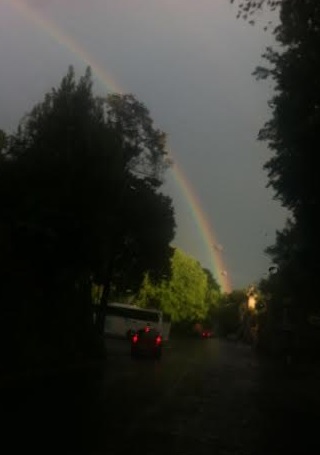 In una giornata che si contraddistingue per una indecente improduttività, l’aver incontrato questo bell’ arcobaleno passando per l’appia antica è stato uno dei momenti più significativi. Dice: e che ci passavi a fà sull’appia antica? Semplice, ritornavo dalla palestra. O meglio, dalla sfilata davanti la palestra. Sono uscito controvoglia, ho detto ‘forza, datti un calcio in culo e vai anche se oggi proprio non ti va‘, mi sono fatto venti minuti di macchina nel traffico, sono arrivato davanti alla palestra con tutto in macchina (borsone, acqua etcetera) e solo allora mi sono detto la verità: ‘inutile che entri. Con quel mezzo chilo di noccioline che ti sei ingurgitato un’ora fa e il mezzo litro di succo d’arancia che c’hai buttato sopra, ce puoi pure andà sulla panca per gli addominali ma ne farai si e no 2. Sii onesto, gira la macchina, torna a casa e vai a magnà, ce riprovi domani.‘ E cosi ho fatto. Speriamo domani vada meglio.
In una giornata che si contraddistingue per una indecente improduttività, l’aver incontrato questo bell’ arcobaleno passando per l’appia antica è stato uno dei momenti più significativi. Dice: e che ci passavi a fà sull’appia antica? Semplice, ritornavo dalla palestra. O meglio, dalla sfilata davanti la palestra. Sono uscito controvoglia, ho detto ‘forza, datti un calcio in culo e vai anche se oggi proprio non ti va‘, mi sono fatto venti minuti di macchina nel traffico, sono arrivato davanti alla palestra con tutto in macchina (borsone, acqua etcetera) e solo allora mi sono detto la verità: ‘inutile che entri. Con quel mezzo chilo di noccioline che ti sei ingurgitato un’ora fa e il mezzo litro di succo d’arancia che c’hai buttato sopra, ce puoi pure andà sulla panca per gli addominali ma ne farai si e no 2. Sii onesto, gira la macchina, torna a casa e vai a magnà, ce riprovi domani.‘ E cosi ho fatto. Speriamo domani vada meglio.
Density of nutrients
I consider this the most important concept to know about nutrition: the density of nutrients of foods. Let’s explain it using a simple comparison between white rice and a strawberry.
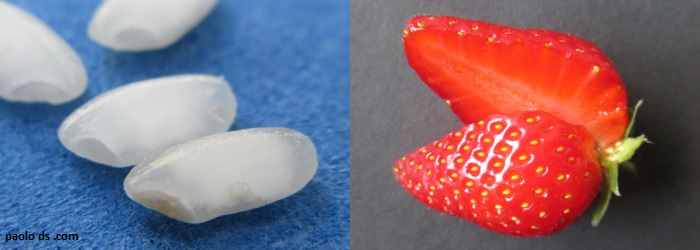 They are both foods, and both contain nutrients. Nutrients can be:
They are both foods, and both contain nutrients. Nutrients can be:
- macronutrients (proteins, carbohydrates, fats)
- micronutrients (vitamins, minerals, fatty acids, fiber, phytochemicals…)
Macronutrients, most people tend to focus only on these, are the nutrients that we need in larger amounts. Proteins help us build our structures (like muscles and hair), carbohydrates give us energy (ideal before sport activities), fats make protective layers around organs and tissues and are a source of stored energy.
Micronutrients, most people think to these as “supplements” and “pills”, are the nutrients that we need in smaller amounts, but we still need them. Very much! The cells of our body don’t function properly without micronutrients.
Now, what can we say about the density of nutrients of white rice?
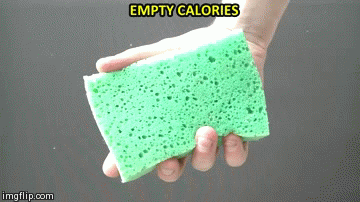 White rice essentially contains only macronutrients. In particular, it contains mostly carbohydrates. Apart from this, it has near-zero micronutrients: near-zero vitamins… near-zero fiber… near-zero minerals… near-zero phytochemicals… and so on. This means that despite the fact that white rice has calories, so it makes us feel full when we eat it, it has very few nutrients.
White rice essentially contains only macronutrients. In particular, it contains mostly carbohydrates. Apart from this, it has near-zero micronutrients: near-zero vitamins… near-zero fiber… near-zero minerals… near-zero phytochemicals… and so on. This means that despite the fact that white rice has calories, so it makes us feel full when we eat it, it has very few nutrients.
White rice has a low density of nutrients. If we eat, it it’s like if we would be eating a dry sponge: it makes “volume” in our body, but when our intestine squeezes it to get the nutrients it wants, it finds almost nothing inside. Therefore white rice is bad for our health: it makes us fatter, but it gives us very few nutrients.
Foods like white rice, that have a low density of nutrients, tend to make us undernourished. No matter if we have normal weight, are overweight, or even obese. We can definitely be undernourished if we frequently feed on dry sponges.
What about strawberries instead?
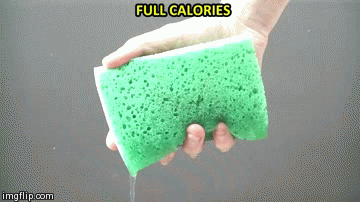 A strawberry contains macronutrients AND micronutrients. It has mostly carbohydrates as well, but inside a straberry there is also a pletora of wonderfully useful micronutrients: vitamins, minerals, phytochemicals, fiber, and so on.
A strawberry contains macronutrients AND micronutrients. It has mostly carbohydrates as well, but inside a straberry there is also a pletora of wonderfully useful micronutrients: vitamins, minerals, phytochemicals, fiber, and so on.
The strawberry has a high density of nutrients. If we eat, it it’s like if we would be eating a wet sponge. When our intestine squeezes it, it finds a lot of useful resources for the body.
Foods like the strawberry, that have a high density of nutrients, help us stay healthy and energized. They make us feel light, vibrant, functional.
Empty calories vs full calories
White rice and the strawberry are two foods that I picked as representatives of two very different categories of foods. It’s super important to understand this difference to know what foods to choose for a healthy diet.
The foods with a low density of nutrients are “empty calories“. They give us calories (satisfying our appetite), but they give us miserable nutrients. In this category are, for example: table sugar, white pasta, white bread, fast food, french fries, processed meat, sodas, industrial sweets like donuts, breakfast “cereals” and pastries.
The foods with a high density of nutrients are “full calories“. They give us calories as well, but this time they also give us nutrients. In this category are basically all fruits and vegetables. Strawberries, apples, oranges, coconut, watermelon, kiwi, chard, spinach, tomatoes, carrots, pumpkin: these are all good examples of nutrient dense foods.
So, this explains why nutritionists stress so much the importance of having a diet rich in fruits and vegetables: because they contain nutrition.
The only way to have a good health and a high level energy is to avoid as much as possible the empty calories, and have a diet rich of nutrient dense foods instead.
All this translated in a graphic advice:
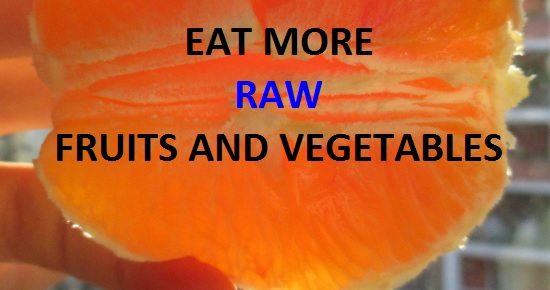 Note: don’t make the mistake of cooking fruits and vegetables when it’s not needed. Most micronutrients, especially the vitamins, die when you deepfry or boil too much the foods. Frying and boiling the vegetables excessively turns foods -that are potentially very healthy- into empty calories.
Note: don’t make the mistake of cooking fruits and vegetables when it’s not needed. Most micronutrients, especially the vitamins, die when you deepfry or boil too much the foods. Frying and boiling the vegetables excessively turns foods -that are potentially very healthy- into empty calories.
Notes: updated last time March 27, 2015: rephrased better.
Related: Brown rice vs white rice.
Small animals in San Procolo
Another day in the countryside, and you know what it means: another one of my mini-documentaries. I find another web with hundreds of baby spiders (this time on a rosemary plant) -curious that I’ve never seen these my whole life and now I found two in the same spring- plus some other interesting insects.
old videos – da caricare
Millions of tadpoles, hundreds of spiders
Yesterday I saw two nature wonders! In the morning I went for a hike near Segni with my sister’s family, and while we were watching the cows and the horses with my nephew, we noticed that there was something moving in one of the the ponds…actually the whole pond was in motion: there were millions (many millions) of tadpoles enjoying the sun! Look how awesome:
Then in the afternoon I went to San Procolo, and while I was pruning some bamboos, I found a web with the size more or less of a tennis ball, with hundreds and hundreds of baby spiders! If I’m correct these are araneus diadematus. Mama spider must have laid all the eggs in a bag and they spawned out of it, all in the same place. Here they are:
